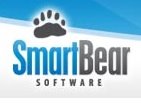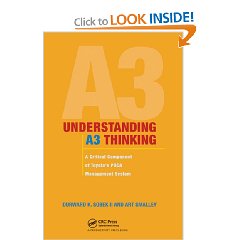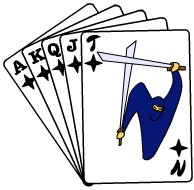Alex Sutherland graduated from Cal Tech a few years ago and continued into the doctoral program in math and econometrics. However, his online poker hobby was generating all the cash he needed and he noticed that the
PokerStars user interface was not suitable for serious players with multiple simultaneous games running concurrently.
Teaming up with a partner in a Los Angeles software company doing Scrum, they decided to implement the best front end for experienced poker players in the business.
TableNinja shipped their first Scrum product release a few months later.
Alex is a Certified ScrumMaster from a recent course in
Beverly Hills and says Scrum has definitely helped him and his partner double productivity and that it works better remotely than it does colocated. When they are colocated they drift off focus. When they work via Skype video they stay focused. As a result they say their next hires will probably be outside the United States.
This observation is the same as the CTO of Xebia made in our paper at Agile 2008 last year. Teams half in the Netherlands and half in India work better in their environment than colocated teams so they do all their projects that way. Of course, you need to do really good Scrum to get this effect.
TableNinja does consulting for serious poker players all over the world and some of Alex's best students are in places like Tokyo outside the United States. He says his recommendations to wannabe Poker champions are the same that he makes to software developers.
Your game falls roughly into three categories:
A Game - all the big money is made in your A game. The typical player/developer is running at this level less than 10% of the time.
B Game - this is where you make small amounts of money, probably 40% of your time.
C Game - this is where you lose small (or perhaps big) amounts of money about 40% of the time.
Alex's goal as a coach is to increase your A game to 20% of your time and make your B game good enough to pay off your losses on your C game. If you do this, you can make as much money as you need (and maybe more) playing Poker.
The problem for Poker players and software developers is that they do not stay focused when in their A game and stop playing when they realize they are playing their C game. They are like a taxi driver that has a target of $300 a day. During a conference when they can cycle back and forth to the airport they make $300 in a hour and quit. The rest of the time they cruise for 12 hours a day until they get their $300 dollars. They don't get it that they should only work the day of the conference that week!
Alex's recommendation is to code like crazy when you are in the zone and quit immediately when you are tired or bored. I noticed this recommendation fit nicely with Tom Poppendieck's observation of an XP company that did an experiment with different hourly work weeks to see when XP teams that did intensive pair programming hit their maximum production of shippable software. In that company, 16 hour weeks delivered the most production ready software.
Tune in, turn on, and drop out of the rat race might be good advice for Agile developers. You can start by playing a little
TableNinja to get a feel for it. Better yet, join us at
Beverly Hills Scrum Certification training later this month and learn how to do this in software development.
Labels: poker scrum sustainable pace
 Scrum is an Agile development framework that Jeff Sutherland invented at Easel Corporation in 1993. Jeff worked with Ken Schwaber to formalize Scrum at
Scrum is an Agile development framework that Jeff Sutherland invented at Easel Corporation in 1993. Jeff worked with Ken Schwaber to formalize Scrum at 





